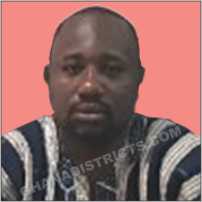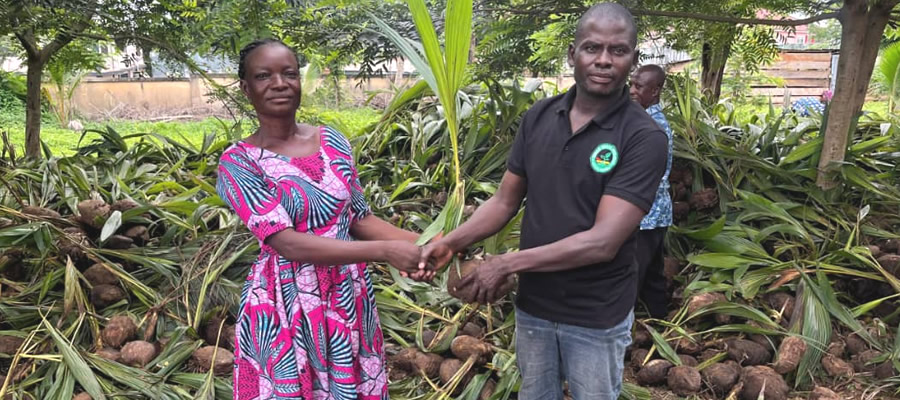

Introduction
The nature, type and size of the labour force are critical factors in the production of goods and services. The information on labour force is also used to formulate employment policies, to determine training needs and to calculate the expected working lives of the male and female populations and the rates of accession to, and retirement from economic activity. The focus of this chapter is on the type of economic activity, occupation, industry, employment status and employment sector. Although data was collected on the population five years and older, the analysis in this section is limited to the population 15 years and older.
Economic Activity Status
Data shows the activity status of persons 15 years and older by sex for the Asunafo South District. It shows that of the total population of 54,805 aged 5 years and older, 79.1percent are economically active (employed and unemployed) while the economically not active population constitutes 20.9 percent. Ninety-seven percent of the economically active population is employed and 2.8 percent unemployed. Among those who are unemployed, majority (68.3%) of them are first time job seekers. The percentage that is economically active among males (80.7%) is higher than those economically active among females (77.4%). Females on the other hand, are more likely to be unemployed (3.3%) than males (2.4%).The results also show that students form a large proportion of the economically not active population (55.0%) and made up of higher percentage of males (69.3%) than females (42.3%). Of the remaining, the homemaker category constitutes 25.0 percent.
More females (34.6%) than males (14.2%) are homemakers. Of the working population, males who are economically active are 80.7 percent and 19.3 for the economically not active population. Regarding the females, 77.4 percent are economically active while 22.6 percent are economically not active.
The economically active population forms the productive population of any nation. They form the age group 15-64 years. It is this population that is expected to produce to feed the population below 15 years of age and above 64 years, known as the dependent population. That out of the 42,150 persons 15 years and older who are employed, about 40 percent are in the age group 20-34. In the subsequent ages, the proportion of the employed decreases with increasing age. The same pattern is observed among the male and female populations. It’s worth noting that one out of every five employed male or female is aged between 15 and 24 years.
It further reveals that about nine out of 10 (91.2%) unemployed persons are below age 40, with more females (90.1%) than males (92.0%). The unemployment situation is more pronounced among the economically active population below 30 years. About 85 percent of the males and 89 percent of the females in this age group are unemployed. As observed in the table, unemployment peaks in the age group 20-24 years, experiences a drastic reduction by age 30-34 and continues to decrease with increasing age. Similar pattern is observed among the male and female population. The economically not active population is mostly found among those below 25 years, with slightly more males (82%) and females (65.6%).
Occupation
presents the occupation of the employed population by sex. Nearly three-quarters (74.2%) of the economically active population aged 15years and older are skilled agricultural, forestry and fishery workers. Skilled agricultural, forestry and fishery workers together with service and sales workers and craft and related trade workers constitute 90 percent of the employed population. Skilled agricultural, forestry and fishery work remains the dominant occupation for both males (77.6%) and females (70.4%). However, service and sales has much higher proportion of females (16.0%) than males (2.9%).
Date Created : 11/14/2017 3:19:41 AM











 facebook
facebook
 twitter
twitter
 Youtube
Youtube
 +233 593 831 280
+233 593 831 280 0800 430 430
0800 430 430 GPS: GE-231-4383
GPS: GE-231-4383 info@ghanadistricts.com
info@ghanadistricts.com Box GP1044, Accra, Ghana
Box GP1044, Accra, Ghana